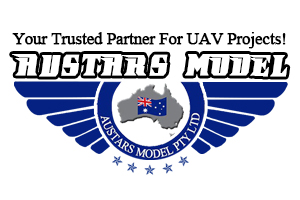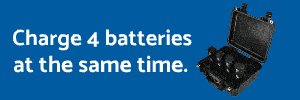Hello gang,
First off, I apologize if I’m posting this in the wrong forum.
Soon, I will be following two developments that will be built on a farmland. One is 78 acres (this one is easy to map) but the 2nd is 312 acres that will soon erect mix dwellings and businesses.
My question is. Do you fly in grid zone, using multiple batteries? Or is it better to use a drone plane to cover a large area? If plane, what are you using?
Delima; if I am going to use my P4P or a Mavic 2. I am granted to only fly at 180ft due a hospital nearby, with a heli. Pad. Second, if I fly in grid zone, DD and GSP calculated that I would need to us 13 to 17 depending on my pattern, and I also fear that the temperature will be a hinder the performance in the long run, because during summer in Gilroy, California the heat climbs up, and this will not be a one time pass, I will be making multiple pass this season.
So, what’s your workflow? And how can I map 312 acre?
Thank you in advance.
First off, I apologize if I’m posting this in the wrong forum.
Soon, I will be following two developments that will be built on a farmland. One is 78 acres (this one is easy to map) but the 2nd is 312 acres that will soon erect mix dwellings and businesses.
My question is. Do you fly in grid zone, using multiple batteries? Or is it better to use a drone plane to cover a large area? If plane, what are you using?
Delima; if I am going to use my P4P or a Mavic 2. I am granted to only fly at 180ft due a hospital nearby, with a heli. Pad. Second, if I fly in grid zone, DD and GSP calculated that I would need to us 13 to 17 depending on my pattern, and I also fear that the temperature will be a hinder the performance in the long run, because during summer in Gilroy, California the heat climbs up, and this will not be a one time pass, I will be making multiple pass this season.
So, what’s your workflow? And how can I map 312 acre?
Thank you in advance.






